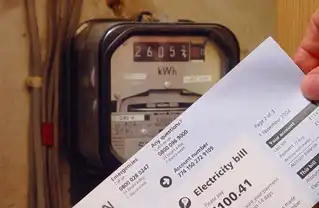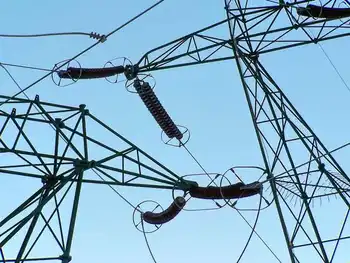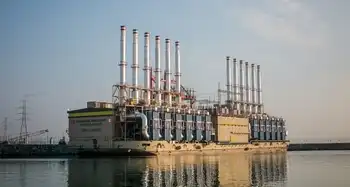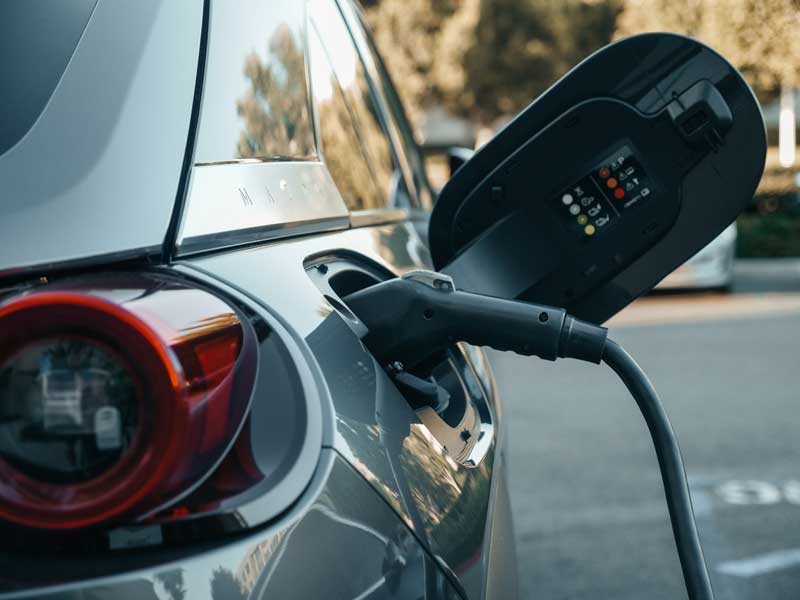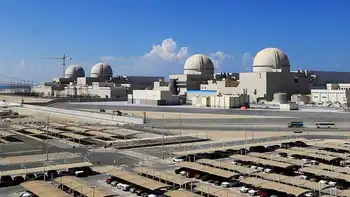Michigan coal plant proposals get negative reviews
By Associated Press
Arc Flash Training - CSA Z462 Electrical Safety
Our customized live online or in‑person group training can be delivered to your staff at your location.

- Live Online
- 6 hours Instructor-led
- Group Training Available
Public Service Commission staff members presented their negative reviews in separate reports to the Department of Environmental Quality, which is considering whether to grant air emissions permits that are required before either plant could be built.
The environmental agency had requested the commission's help in evaluating technical issues raised by the permit applications, such as whether the companies adequately considered methods of producing electricity other than burning coal.
Environmental groups said the findings were a death knell for both projects.
"It will be very hard for the DEQ to justify anything other than denying these permits," said Anne Woiwode, executive director of the Sierra Club's Michigan chapter.
Spokesman Robert McCann said the DEQ hopes to make a decision by the end of the year.
"We will weigh the information from the PSC very carefully, but there are a lot of factors we have to take into consideration," he said.
Gov. Jennifer Granholm said she was surprised by the findings, saying they appeared at odds with an energy plan the commission proposed in 2007. It estimated that by 2015, Michigan would need at least one new baseline plant — likely coal-fired.
The report projected Michigan's demand for coal power would rise by 1.2 percent a year, Granholm told reporters in Lansing. "Instead, over the last two years it has dropped by 10 percent combined."
Consumers Energy hopes to build a 930-megawatt generator at its Karn-Weadock station near Bay City, while Wolverine Power Cooperative plans a 600-megawatt plant near Rogers City. Also pending before the DEQ is a Holland Board of Power and Light application for a 78-megawatt coal plant.
Consumers wants to bring its generator online by 2017. But the Public Service Commission report said the earliest a new plant might be needed is 2022, noting that Consumers expects a load growth of just 0.3 percent a year.
In the meantime, Consumers should consider alternatives such as energy efficiency and demand management initiatives, the report said.
"Consumers Energy's long-term capacity need is unjustified without the explicit retirement of existing coal capacity in its baseload generation fleet," it said.
Spokesman Jeff Holyfield said the utility was disappointed and would evaluate its options.
"It would be premature to say this means there will be no clean coal plant built near Bay City," Holyfield said. "A new coal plant is still the most economic source for the power that customers will need in the future."
In its analysis of the Rogers City proposal, the commission said Wolverine Power "failed to demonstrate the need for the proposed facility as the sole source to meet their projected capacity."
The co-op should have explored further the possibility of long-term power purchases, it said.
Environmental groups urged both applicants to abandon their plans for coal plants. Coal is a leading producer of carbon dioxide, which contributes to global warming, and other pollutants such as mercury.
"This report shows that clean energy can power Michigan's future," said Faith Bugel, senior attorney at the Environmental Law and Policy Center.
But Holyfield said failure to build replacements for Michigan's aging coal plants could backfire.
"Customers should be concerned, because this could hit them right in the wallet," Holyfield said. "Without new baseload capacity, Michigan utilities will have to buy more power on the wholesale market, where prices are higher and more volatile."










